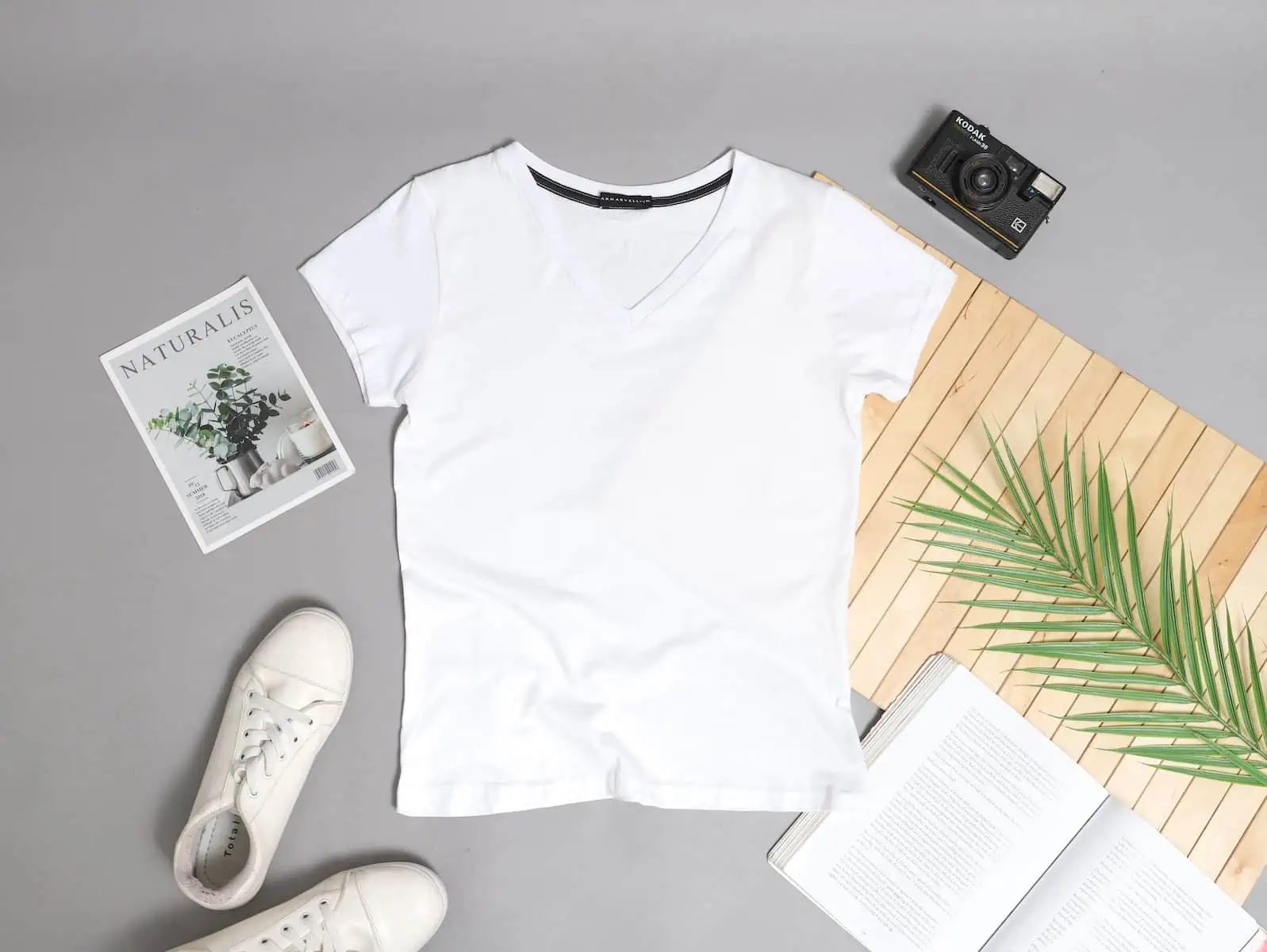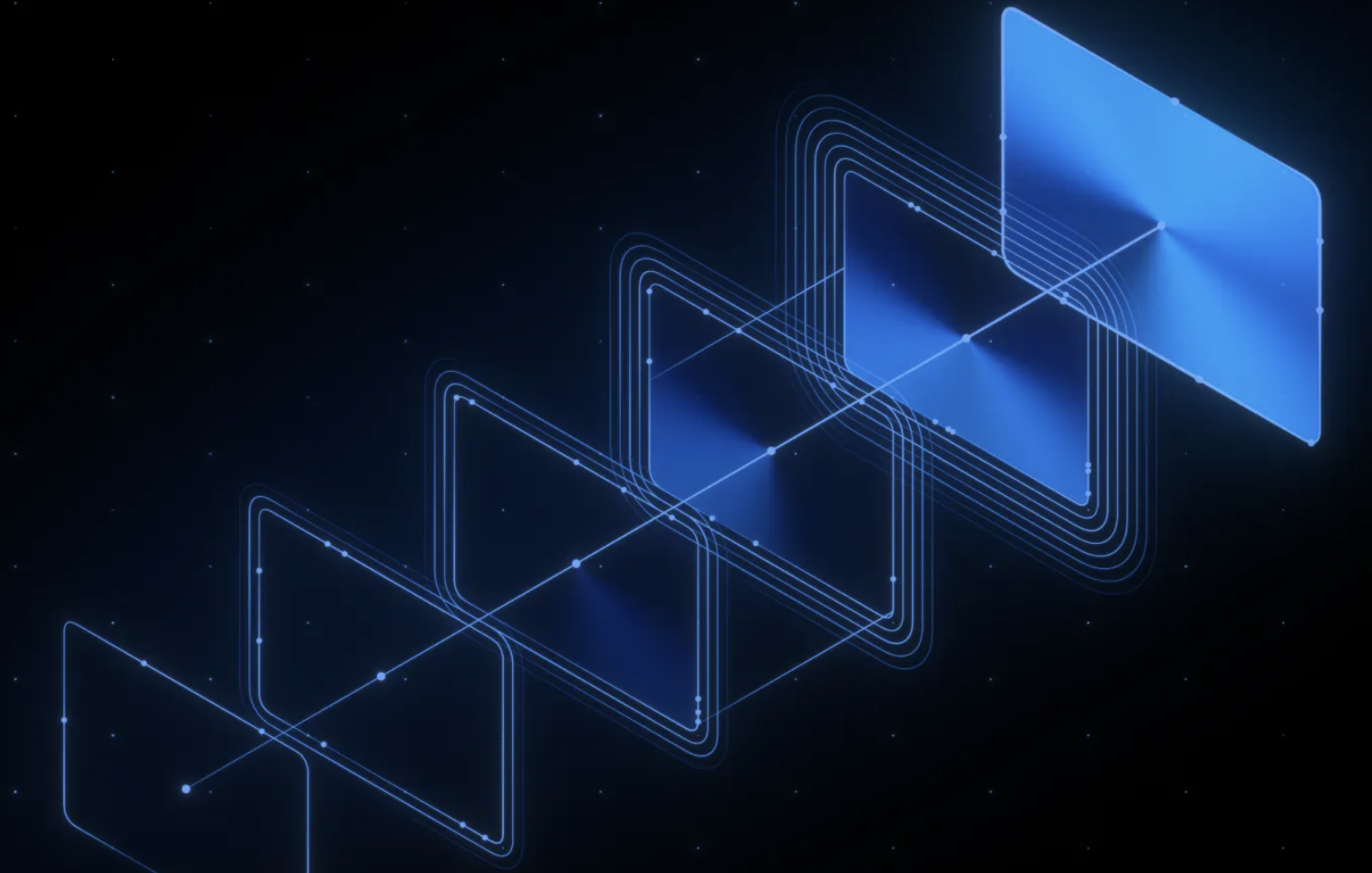Custom T-Shirts Online: A Quick Guide
5 min. read
Updated on
Read our disclosure page to find out how can you help MSPoweruser sustain the editorial team Read more

Want to bring a great custom shirt idea to life without a hassle? This guide is right up your alley. Whether planning a gift for your loved one on a special day or a mass-scale custom T-shirt business, you could have your spanking new custom shirts ready to ship within a day.
This guide will discuss the ins and outs of many different types of custom T-shirt use cases to help you understand what you’re going in for, what it’ll take, and the possible benefits of pulling it off. Then we’ll touch on the process of one-off and mass productions, where you’ll face choices like material type, sleeve style, print design, the design software, and lots more.
But first, here are some of the most popular use cases of T-shirts and why people use them.
Custom T-Shirt Use Cases and their Benefits
Custom t-shirts have now become one of the most popular means for people to showcase their ideas and passions. As a recent example, last week, an avid star-gazer had the brilliant idea of printing the first images from the James Webb telescope – the most powerful telescope that humanity has ever produced – on a T-shirt, which went viral. Many people hadn’t known about those dazzling images until they heard of the custom shirt.
You don’t necessarily need a viral design for your custom T-shirts every time, but you can always choose a design that fits your ideas. T-shirts are versatile and can be worn to all kinds of events, from corporate events to fun events and family get-togethers. You make a bold statement when you print a custom message or a symbol on your T-shirt.
But while it sounds all fun, custom T-shirts might require a lot of planning and effort in some use cases. For branding and event promotion, you must carefully consider the style, features, design, and distribution method. You also need to consider your audience and their frame of reference to pick a design that resonates with them.
What Do You Need to Make a Custom T-Shirt?
Whether you need a custom t-shirt for personal or commercial use, you’ll have to make at least a few basic choices. You could just make do with the basics – a good quality material, a regular style, a befitting color, and print. But if you want a more intricate shirt that fulfills its purpose, here’s a close look at the factors you should consider.
Material:
There are many types of materials, each with its pros and cons. Your choice will depend on your audience, budget, and personal preferences. For example, moisture-wicking materials are best for sports events and outdoor activities. For eco-conscious choices, you can choose eco-friendly materials and recycled materials. The most readily-available materials include cotton, poly, cotton/poly, tri-blend of cotton, polyester, and rayon.
Style:
Your style choice will serve both functional and aesthetic purposes. You should consider factors like the weather and the type of event when choosing your sleeve length. 3/4 sleeves, long sleeves, and short sleeves are the most common types. Sleeveless shirts are less popular in general but very popular for sports events.
You also have many options to choose from for your neckline. Popular ones include round/scoop, v-neck, and Henley. Some are less popular but more befitting for some uses – hooded for certain spot events, off-shoulder for bold fashion statements.
Features:
Features can add to both the aesthetics and functions of your custom t-shirt. For instance, a breathable material layer makes the shirt more comfortable while making more room for an elegant outer layer. Other functional features to consider include pockets, zips, etc.
Fit
Lastly, you’d want to consider your custom tee size. If you’re mass producing, you might consider multiple sizes, even if you’re targeting a specific demographic. And also, consider how it’ll fit your target users. Relaxed fits are the most popular. They’re stretchy and cushy and can fit in snugly. Fitted shirts come with a tighter fit that hugs you. Semi-fitted and slim-fitted tees hug you enough to pronounce your clean curves and are also very comfortable and breathable.
Designing Your Custom T-Shirt
Chances are, at some point, you might want to dabble in custom t-shirt design rather than outsource to a designer. With many custom t-shirt design software, you can create stunning designs for your t-shirt whether or not you have a background in graphics design. Here are some of the best custom design software.
Inkscape:
If you have some prior design experience but need a simple tool to put together a great custom t-shirt design quickly, you might want to consider Inkscape. It’s a vector-based software with advanced features like tracing and scaling that lets you easily manipulate design elements. Plus, the support for vector and raster image formats provides access to a wider range of design elements.
Adobe Photo Illustrator for Professionals
Adobe Photo Illustrator is the standard bearer for custom tee design software. It’s particularly geared towards vector designs, with features that let you easily manipulate images without losing the quality. If you’re new to graphics design, you might want to start with simpler software, but Adobe Illustrator also provides plenty of tutorials to help you get started quickly.
Design Hill
Design Hill is the best option for beginners. Users can easily create stunning designs with the drag and drop interface and intuitive image editing tools. Design Hill also gives you access to a marketplace where you can easily outsource your custom shirt design.
Conclusion
Custom t-shirts offer a nice and dandy medium for promoting your ideas and brand message. But to live up to its bill, you need to create your custom t-shirt with a greater sense of care and purpose. Compare your options in various aspects carefully. Today, many user-friendly tools let you whip up intriguing designs without prior design experience. When outsourcing your design, do your due diligence and compare quotes from multiple sources.









User forum
0 messages